Acrylic anhydride
- CAS NO.:2051-76-5
- Empirical Formula: C6H6O3
- Molecular Weight: 126.11
- MDL number: MFCD00048146
- EINECS: 218-128-2
- SAFETY DATA SHEET (SDS)
- Update Date: 2025-09-25 17:15:13

What is Acrylic anhydride?
The Uses of Acrylic anhydride
Acrylic anhydride can be used to prepare specialty acrylate, acrylamide monomers or acrylic resin. It forms cyclic anhydrides on polymerization and can not be used as a crosslinker.
Synthesis
The synthesis of Acrylic anhydride is as follows:
In a 3-liter, four-necked glass reactor provided with a thermometer and a stirrer were placed, in a dry air atmosphere, 1,240 g of methylene chloride, 1.08 g (0.5% by mass) of Sumilizer GM, 0.65 g (0.3% by mass) of Sumilizer TP-D, 0.65 g (0.3% by mass) of Sumilizer WX-R, 216 g (3.0 mol) of acrylic acid and 264 g (1.5 mol) of benzenesulfonyl chloride. The mixture was cooled to 5°C. Then, 304 g (3.0 mol, 1 equivalent relative to the acids generated from benzenesulfonyl chloride) of triethylamine was dropwise added in 2 hours with the temperature of the reaction mixture being controlled at 30°C or lower. After the completion of the dropwise addition, stirring was made for 1 hour with the same temperature being kept. The reaction mixture was analyzed by GC, which indicated that the conversion of acrylic acid was 99%. After the completion of the reaction, 375 g of water was added to the reaction mixture to wash the reaction mixture. The reaction mixture was further washed twice each time with 563 g of water, after which distillation was conducted to remove methylene chloride. The yield of the acrylic acid anhydride obtained was 172 g and 91% and its purity by GC analysis was 99%, and no high-molecular by-product was detected.
Properties of Acrylic anhydride
| Melting point: | -20 °C |
| Boiling point: | 85-86°C 17mm |
| Density | 1,094 g/cm3 |
| Flash point: | 77°C |
| storage temp. | 2-8°C |
| solubility | Chloroform (Sparingly), Ethyl Acetate (Slightly) |
| form | clear liquid |
| color | Colorless to Almost colorless |
| Stability: | Moisture sensitive |
| InChI | InChI=1S/C6H6O3/c1-3-5(7)9-6(8)4-2/h3-4H,1-2H2 |
| CAS DataBase Reference | 2051-76-5(CAS DataBase Reference) |
Safety information for Acrylic anhydride
| Signal word | Warning |
| Pictogram(s) |
 Exclamation Mark Irritant GHS07 |
| GHS Hazard Statements |
H302:Acute toxicity,oral H315:Skin corrosion/irritation H317:Sensitisation, Skin H319:Serious eye damage/eye irritation H335:Specific target organ toxicity, single exposure;Respiratory tract irritation |
| Precautionary Statement Codes |
P261:Avoid breathing dust/fume/gas/mist/vapours/spray. P264:Wash hands thoroughly after handling. P264:Wash skin thouroughly after handling. P280:Wear protective gloves/protective clothing/eye protection/face protection. P301+P312:IF SWALLOWED: call a POISON CENTER or doctor/physician IF you feel unwell. P302+P352:IF ON SKIN: wash with plenty of soap and water. P305+P351+P338:IF IN EYES: Rinse cautiously with water for several minutes. Remove contact lenses, if present and easy to do. Continuerinsing. |
Computed Descriptors for Acrylic anhydride
| InChIKey | ARJOQCYCJMAIFR-UHFFFAOYSA-N |
| SMILES | C(=O)(C=C)OC(=O)C=C |
New Products
Indole Methyl Resin tert-butyl 9-methoxy-3-azaspiro[5.5]undecane-3-carboxylate Boc-His(Boc)-OH 2-CTC Resin 4-Chloro-7-tosy1-7Hpyrrolo[2,3-d]pyrimidine 5,7-Dibromo-1H-indole 2,5-dichloro-N-hydroxy-4,6-dimethylpyridine-3-carboximidamide 2,2-Dimethoxy-7-azaspiro[3.5]nonane hydrochloride 4-chloromethyl-5-methyl-1,3-dioxol-2-one (DMDO-Cl) R-2-BENZYLOXY PROPIONIC ACID 1,1’-CARBONYLDIIMIDAZOLE 1,1’-CARBONYLDI (1,2-4 TRIAZOLE) N-METHYL INDAZOLE-3-CARBOXYLIC ACID 4-((2-hydroxyethyl)thio)benzoic acid 1-(TERT-BUTOXYCARBONYL)-2-PYRROLIDINONE Methyl 6-methylnicotinate 3-Pyridineacrylic acid tert-Butyl carbazate TETRAHYDRO-2H-PYRAN-3-OL 2-((4-morpholinophenylamino) (methylthio) methylene) malononitrile 3-(4-morpholinophenylamino)-5-amino-1H-pyrazole-4-carbonitrile 2,4-dihydroxybenzaldehyde 1,3-Diethyl-1,3-Diphenylurea Methyl 2-methylquinoline-6-carboxylateRelated products of tetrahydrofuran
![(R)-1-(3-(4-amino-3-(4-phenoxyphenyl)-1H-pyrazolo[3,4-d]pyrimidin-1-yl)piperidin-1-yl)propan-1-one](https://img.chemicalbook.in/CAS/20180629/GIF/1839099-22-7.gif)
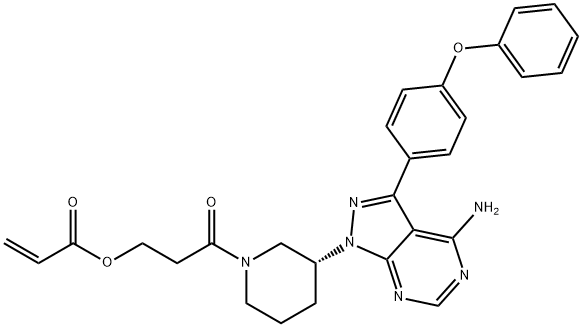
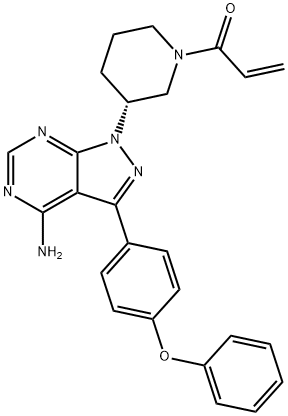
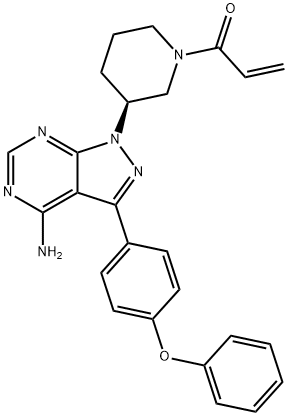


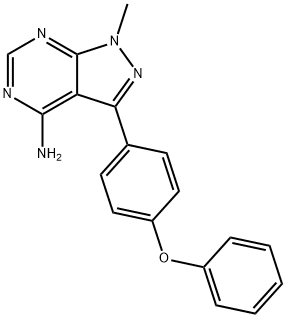
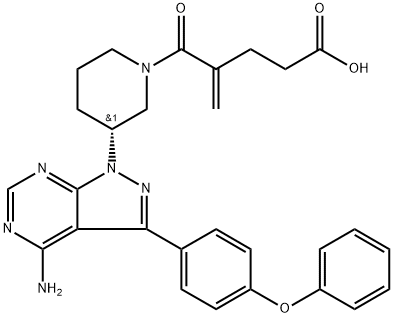
You may like
-
 Acrylic Anhydride (stabilized with MEHQ) CAS 2051-76-5View Details
Acrylic Anhydride (stabilized with MEHQ) CAS 2051-76-5View Details
2051-76-5 -
 Acrylic anhydride 95% CAS 2051-76-5View Details
Acrylic anhydride 95% CAS 2051-76-5View Details
2051-76-5 -
 Acrylic anhydride CAS 2051-76-5View Details
Acrylic anhydride CAS 2051-76-5View Details
2051-76-5 -
 Pyridine 99.5% HPLC /UV SpectroscopyView Details
Pyridine 99.5% HPLC /UV SpectroscopyView Details
110-86-1 -
 Piperazine Spot supply, best priceView Details
Piperazine Spot supply, best priceView Details
110-85-0 -
 Dibutyl PhthalateView Details
Dibutyl PhthalateView Details
84-74-2 -
 Imidazole Spot supply, competitive priceView Details
Imidazole Spot supply, competitive priceView Details
288-32-4 -
 Thiourea 99% ARView Details
Thiourea 99% ARView Details
62-56-6
